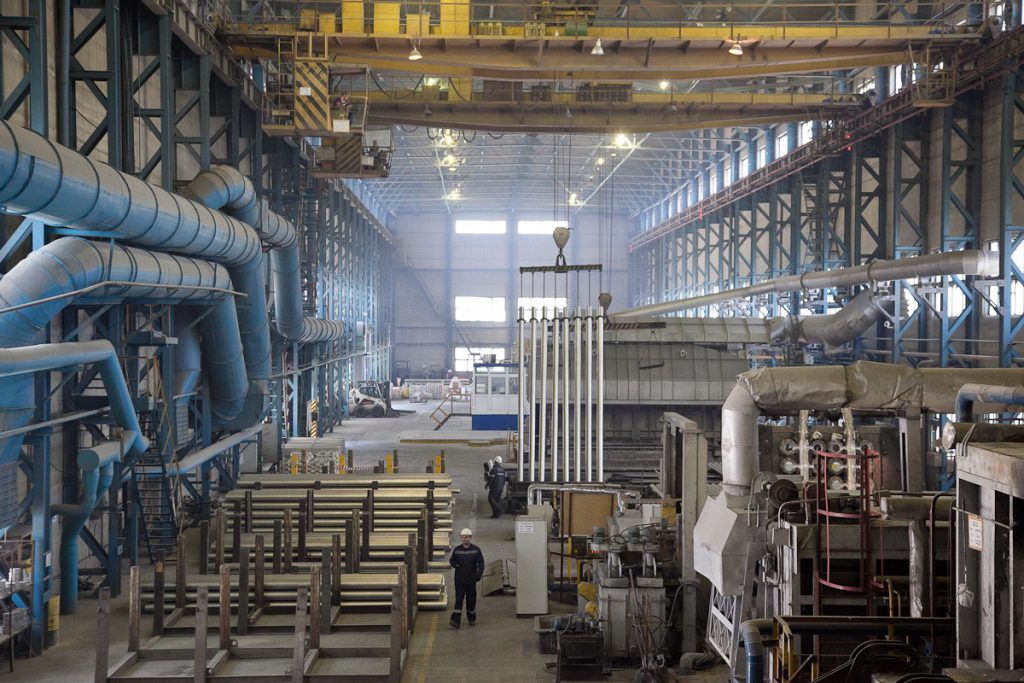
Common standards and clear labelling should be agreed for so-called green aluminium so industrial users can identify low-carbon material amid competing claims by producers, consultancy the Carbon Trust said on Monday.
Purchasers of aluminium such as the auto and packaging industries are increasingly seeking to lower their own carbon footprints and buy material produced with low carbon dioxide emissions.
But they are faced with a range of “green” aluminium products from producers such as Rusal, Norsk Hydro and Rio Tinto .
Varying standards and lack of common measurements create difficulties, said Hugh Jones, managing director of UK-based non-profit Carbon Trust, which has proposed a new labelling system.
The Carbon Trust has proposed a set-up which labels aluminium as low-carbon if it is responsible for emitting 4 tonnes or less of CO2 per tonne of metal produced, he said.
Aluminium produced using hydro power typically produce around two tonnes of CO2 emissions while smelters dependent on coal-fired electricity can produce up to 18 tonnes.
“The primary intention of this label is to see whether we can demonstrate there is a clear and strong demand signal for low-carbon aluminium,” Jones told an online seminar organised by commodity consultancy CRU.
The system would initially use methodology put together by the International Aluminium Institute (IAI), but could later be expanded, Jones added.
About 60% of aluminium – widely used in transport, packaging and construction – is produced used coal-fired power, the bulk of it in top producer China. Last year, 63.7 million tonnes of primary aluminium were produced, according to the IAI.
The London Metal Exchange said on Friday it was looking into providing a trading platform that consumers can use to source low-carbon aluminium.
(By Eric Onstad and Pratima Desai; Editing by David Evans)
Comments